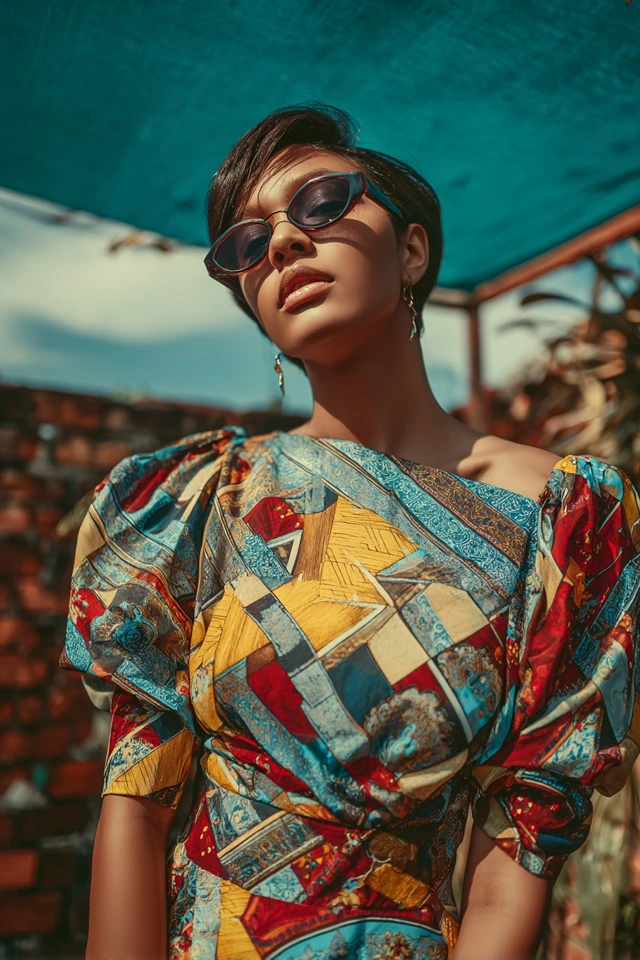Introduction
There’s a curious moment each autumn when the first chilly breeze hits and the world seems to invite a certain moodiness—a perfect setting for the dark academia aesthetic. On a quiet evening in my favorite bookstore, surrounded by the scent of old paper and freshly brewed coffee, I noticed how the patrons’ attire spoke volumes: rich textures, deep hues, and thoughtful layering. Their outfits weren’t just clothing; they expressed intellect, nostalgia, and a yearning for depth in a fast-paced world. That scene illuminated for me why modern dark academia isn’t simply a fashion trend but a compelling cultural narrative worn on the body.
Dark academia resonates because it bridges classic scholarly motifs with contemporary style, inviting us to dress not just to impress others but to honor the complexity within ourselves. It’s a declaration that our appearance can reflect intellectual curiosity, emotional depth, and artistic sensibility—all while allowing room for personal expression. As someone who has studied fashion design and color psychology extensively, I find dark academia a fascinating playground for exploring how attire can boost confidence and influence perception.
About the Author and My Trend Boutique
In this post, I want to share everything I know about modern dark academia outfits: the foundational ideas behind the style, how color influences mood and impression, personalized fit and styling for diverse bodies, and ways to blend trend awareness with timeless elegance. Whether you are a longtime fan or a curious newcomer, my goal is to empower your sartorial choices with insights that make your wardrobe feel thoughtful, intentional, and uniquely yours.
Foundational Concepts
Understanding modern dark academia requires a grasp of several fashion fundamentals: color psychology, trend forecasting, and the art of dressing to impress. These concepts shape how the aesthetic functions visually and emotionally.
Color Psychology
Color psychology, the study of how hues influence human feelings and behavior, is pivotal in dark academia styling. It’s known that deep, muted shades—such as charcoal gray, forest green, maroon, and warm browns—evoke introspection, calm, and sophistication. Scientifically, darker tones have been linked to perceptions of authority and seriousness, which aligns perfectly with the scholarly atmosphere dark academia aims to embody. The choice of color can subtly communicate intelligence, mystery, or creativity even before words are exchanged.
Trend Forecasting
Trend forecasting involves analyzing cultural patterns, media, and consumer behavior to predict fashion directions. Dark academia, although rooted in timeless classical influences, also evolves. Today’s modern dark academia explores gender-neutral cuts, sustainable fabrics, and eclectic accessories. Knowing trends helps blend relevance with tradition, so your outfits feel fresh yet grounded.
Dressing to Impress
Beyond aesthetics, dressing to impress means selecting attire that fulfills a social or professional aim while enhancing self-confidence. This philosophy emphasizes quality, fit, and coherence—principles central to dark academia. Imagine a perfectly tailored tweed blazer over a silk blouse, paired with high-waist trousers and oxford shoes: this combination commands respect and invites thoughtful conversation.
Picture Gallery
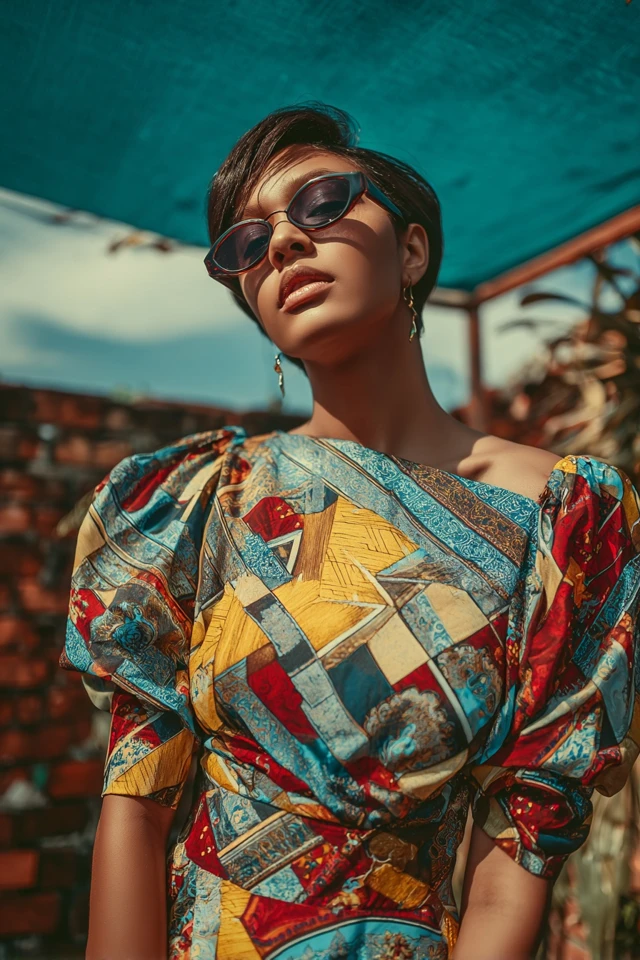
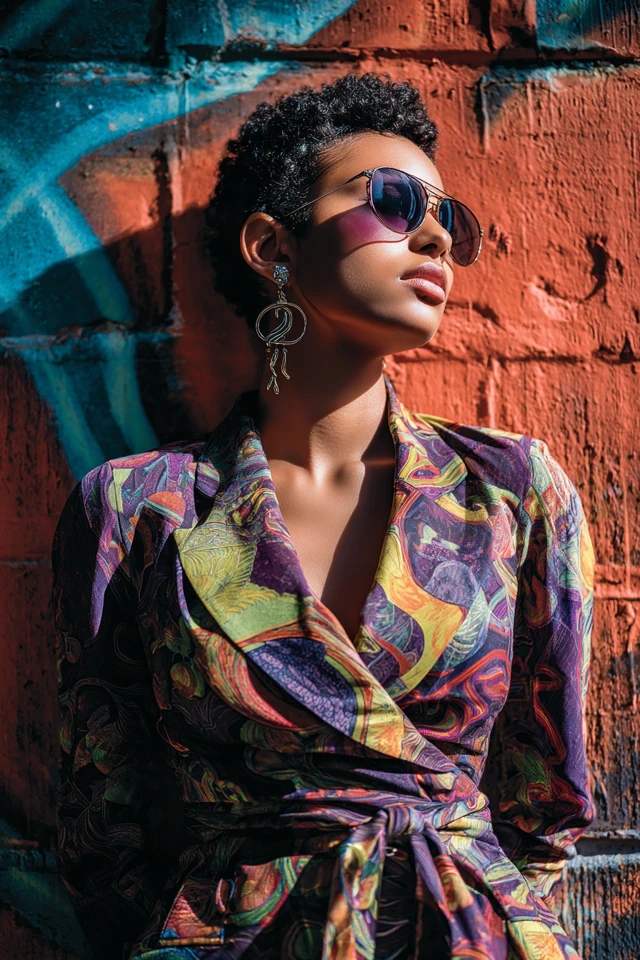
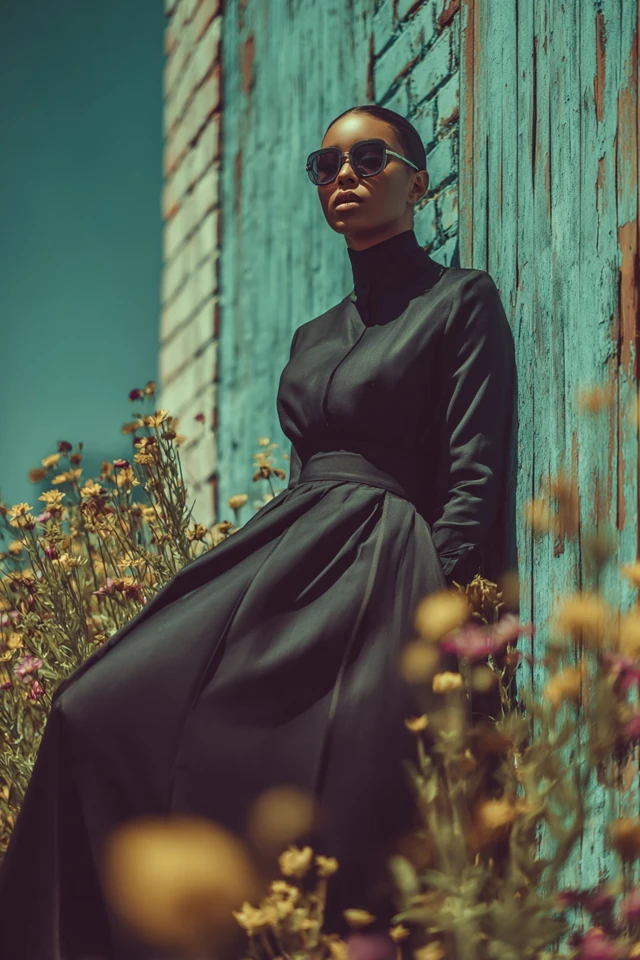
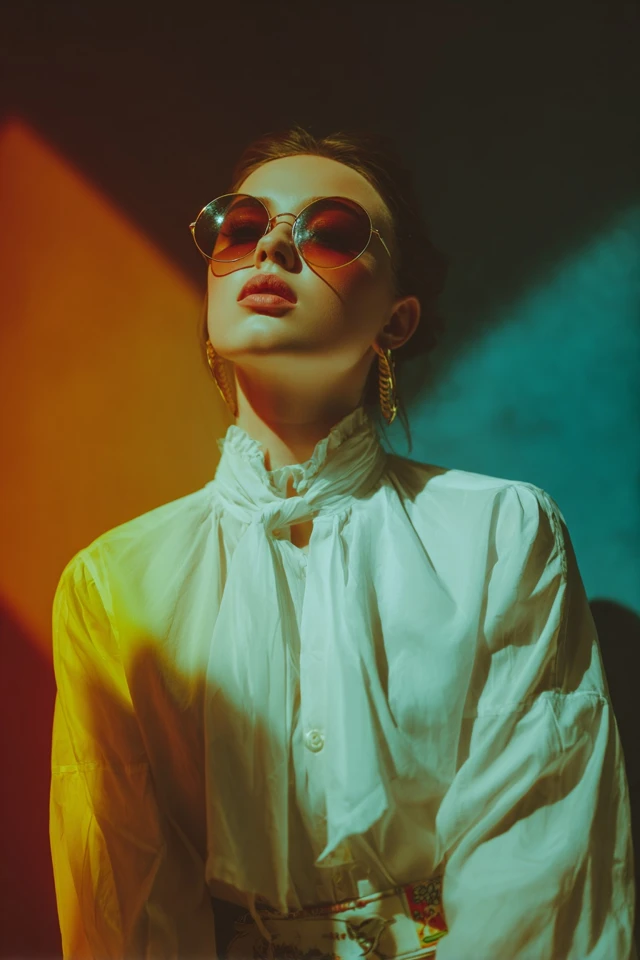
Color Psychology & Emotional Impact
Colors do more than beautify; they shape how we feel and how others perceive us. In the context of modern dark academia outfits, color choices are psychologically strategic, creating mood and influencing first impressions.
Deep colors like burgundy and navy blue invoke feelings of warmth and stability. Psychologists have found that these hues reduce anxiety and foster concentration—attributes ideal for academic settings or intellectual environments. Wearing these shades can enhance your focus and project calm authority, aligning perfectly with dark academia’s scholarly ethos.
Muted earth tones, like ochre, rust, and olive, trigger associations with nature and intellectual grounding, making the wearer appear approachable yet sophisticated. Scientific studies on first impressions suggest that dark neutrals are often associated with professionalism and reliability, explaining their widespread use in academic and professional wardrobes.
In practice, integrating a rich palette of dark greens, browns, and grays can elevate your presence, encouraging self-confidence and drawing positive social cues without shouting for attention. For example, a dark emerald scarf or a deep chocolate leather satchel adds nuanced layers of emotional resonance to an outfit.
Personal Style & Body Type Considerations
Every individual’s style journey is unique, especially when interpreting dark academia, which values thoughtful curation and layering. Selecting silhouettes, fabrics, and hues that flatter your body type and complexion can amplify feelings of authenticity and confidence.
Silhouettes
- Pear-shaped bodies: Embrace A-line skirts or pleated trousers paired with structured blazers to balance proportions effectively.
- Hourglass figures: Tailored waistcoats or belted coats highlight curves while maintaining the aesthetic’s classic integrity.
- Apple-shaped frames: Opt for boxy sweaters and high-waist trousers that elongate the torso without clinging.
- Rectangular shapes: Layer textured fabrics—like cable knits and tweed—to create dimension and illusion of shape.
Fabrics
Natural fabrics such as wool, tweed, cotton, and linen not only tie into the traditional academia vibe but also breathe better and age gracefully. Mixing texture through different layers—say a soft cashmere cardigan over a crisp cotton shirt—adds depth to your outfit.
Hues According to Complexion
Warm undertones shine in deep rusts, mustard, and olive. Cooler-toned individuals look stunning in charcoal, navy, and plum shades. Neutral complexions enjoy the full spectrum but may favor combinations that subtly contrast skin tone.
Personal Style Checklist
- Do I feel comfortable while embodying dark academia’s classic mood?
- Are my chosen fabrics appropriate for my climate and lifestyle?
- Do my colors make me feel confident and authentic?
- Have I balanced layering for both function and style?
- Does my outfit communicate the intellectual elegance that dark academia celebrates?
Current Trends & Timeless Classics
While dark academia values timelessness, it is not impervious to contemporary shifts. Today’s modern dark academia embraces sustainable fashion choices, with vintage and thrifted finds playing a key role. Oversized blazers and wide-leg trousers are trending, offering comfort and a nod to 70s academic styles.
In terms of color trends, muted jewel tones such as deep sapphire and burgundy remain popular, alongside classic neutrals like beige and charcoal which anchor the look. Incorporate these by pairing a vintage tweed jacket—a timeless classic—with a trendy turtleneck or checkered scarf.
Accessories are evolving, too: think minimalist gold jewelry, leather-bound notebooks as props, and chunky boots or loafers that bridge the gap between practicality and style. The key is blending these elements with staples like pleated skirts, oxford shirts, and wool cardigans to maintain authenticity.
Practical Tips & Recommendations
Building and maintaining a modern dark academia wardrobe involves deliberate shopping, smart layering, and caring for your pieces to extend their life.
- Shopping advice: Prioritize timeless, well-made pieces over fast fashion. Look for tweed blazers, wool skirts, and soft cotton blouses. Explore thrift stores and vintage shops for unique finds that embody the scholarly, nostalgic spirit.
- Wardrobe maintenance: Natural fibers require gentle washing or dry cleaning. Store wool and cashmere folded to avoid stretching. Invest in quality hangers and garment bags for preservation.
- Layering: Start with a crisp white or cream shirt, add a knitted vest or cardigan, and top with a tailored blazer. Scarves and berets enhance warmth and aesthetic.
- Accessories: Opt for leather satchels, structured backpacks, vintage-inspired watches, and tortoiseshell glasses frames. These accessories anchor your outfit and offer functional elegance.
- Color combinations: Pair navy trousers with mustard sweaters, mix deep green with rust orange, or layer ivory with chestnut brown. Experimenting within this palette keeps the outfit rich and cohesive without losing the dark academia mood.
FAQs
- How do I find my signature color within the dark academia palette?
- Start by identifying colors that complement your skin tone and make you feel confident. Experiment with deep greens, burgundies, or rich browns. Keep a mood board or journal to track which shades resonate most.
- Can dark academia outfits work on a budget?
- Absolutely. Thrift stores, online secondhand markets, and DIY alterations can make this style affordable. Focus on classic basics and accessorize creatively for a polished look.
- How do I create a capsule wardrobe with dark academia pieces?
- Select versatile staples such as a tweed blazer, neutral sweaters, pleated skirts, and classic trousers. Rotate these with varied accessories and layering options to maximize outfit combinations.
- What fabrics are best for comfort during colder months?
- Wool, cashmere, and thick cotton blends provide warmth and texture. Layer with scarves and socks in coordinating colors to enhance both comfort and style.
- How important is fit in dark academia fashion?
- Fit is crucial to exuding confidence and refinement. Even oversized items need to maintain structure—tailoring or choosing pieces that suit your body proportions ensures you look intentional rather than sloppy.
Conclusion
Modern dark academia offers a rich tapestry of history, intellect, and style woven into every thoughtfully chosen garment. By understanding the psychological impact of color, tailoring choices to your unique body and complexion, and blending emerging trends with timeless classics, you can craft a wardrobe that feels both empowering and authentic. This style invites you to experiment with layers, textures, and subtle color nuances that reflect your inner scholar and creative spirit.
I encourage you to embrace this aesthetic as a journey of self-expression and confidence-building. Try mixing a new combination, revisit a vintage piece, or explore color combinations that resonate emotionally. Most importantly, allow your wardrobe to be a reflection of the depth and curiosity you carry within.
Feel free to share your experiences, ask questions, or suggest topics you’d like to explore next in the comments below. If you enjoyed this guide, subscribe for more insights on fashion, color psychology, and styling timeless looks designed to inspire.

